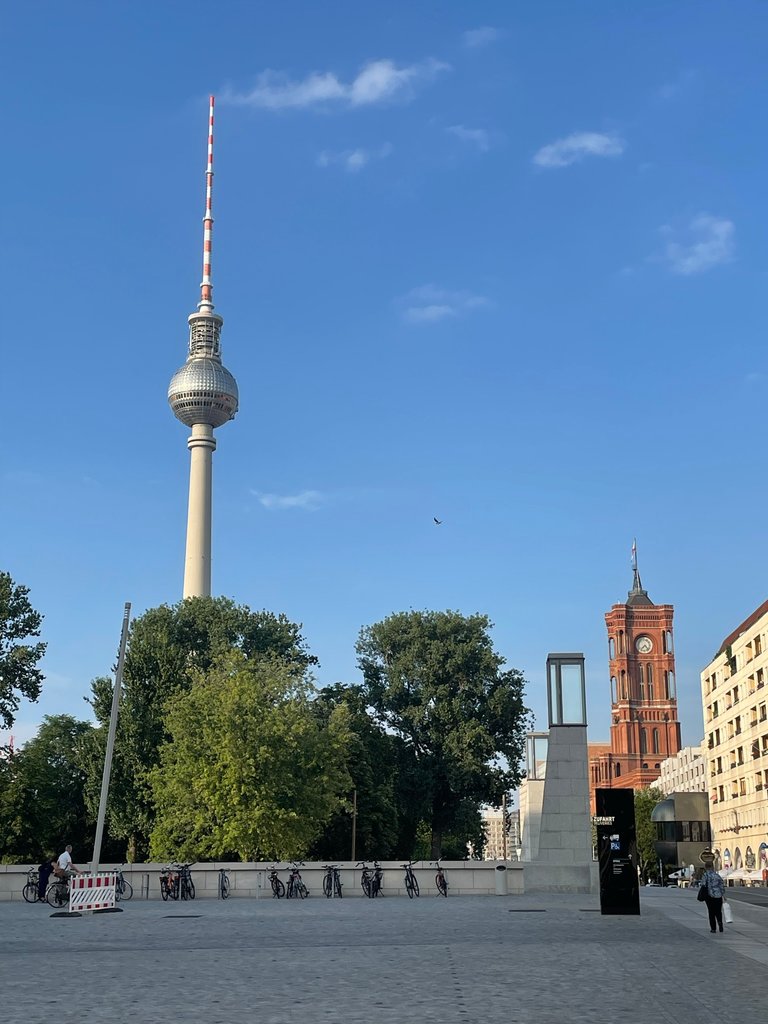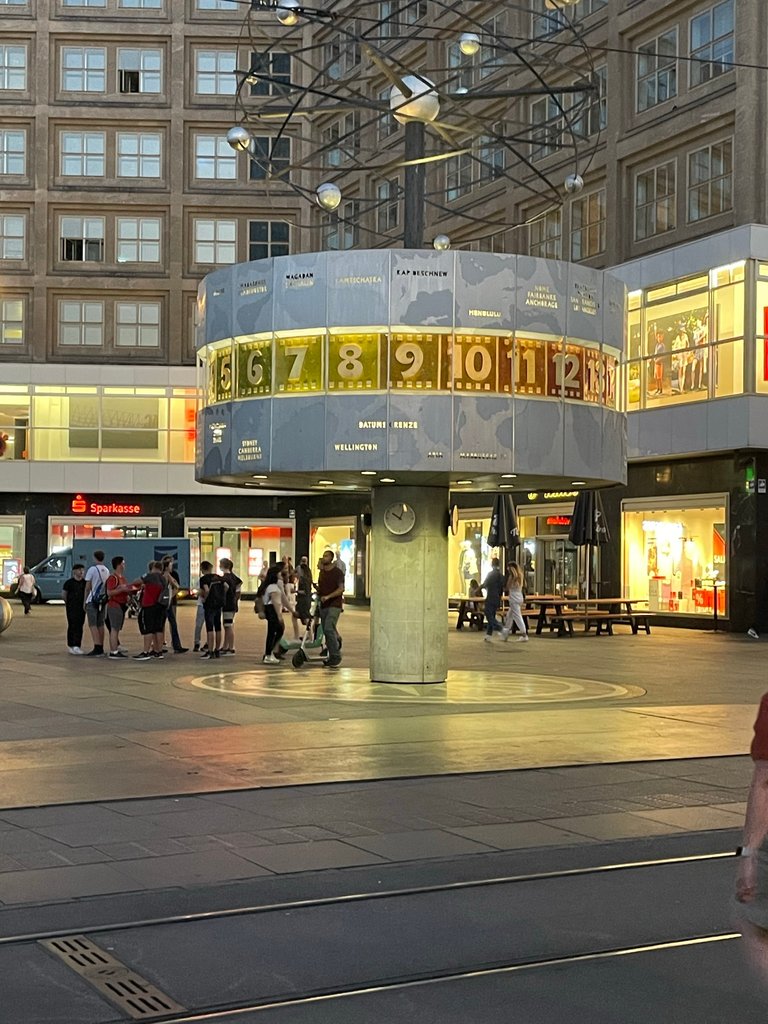The Mosaics of Berlin’s Victory Column – Part 5

The fifth segment of Anton von Werner’s monumental mosaics is among the most dramatic. A commander in a red cloak, raising his staff of command, dominates the composition as he urges his horse forward into the chaos of battle. Around him, soldiers clash with swords and rifles, their movements captured in dynamic poses that convey the violence of close combat.
This imagery clearly refers to the Franco-Prussian War, with the red-clad officer symbolizing German leadership. The soldiers beside him, carrying the black-white-red imperial banner, embody the victorious spirit of the newly unified Reich.
The contrast within the panel is striking: above, the commanding figures appear vigorous and heroic, while below, the scene dissolves into turmoil – exhausted men, fallen bodies, raw brutality. This juxtaposition emphasizes the grim realities of war, even as the overall message celebrates inevitable victory.
Artistically, von Werner uses diagonal lines and intersecting movements – horses, lances, banners – to create a sense of momentum and dramatic tension. The shimmering golden tesserae of the background elevate the figures, transforming the brutal clash into a monumental spectacle.
Through this segment, the Victory Column once again reveals itself not only as a memorial of remembrance, but also as a political and artistic statement, where war is both glorified and dramatized as the foundation of empire.
Ciao Kakao, your Morticia

Die Mosaike der Siegessäule in Berlin – Teil 5
Im fünften Segment entfaltet sich eine Szene voller Bewegung und Dramatik. Ein Reiter in rotem Mantel, der sich mit erhobenem Kommando-Stab über die Schlacht erhebt, dominiert das Bild. Er lenkt sein Pferd energisch nach vorne, während um ihn herum Soldaten mit Schwertern und Gewehren in Nahkämpfe verwickelt sind.
Die Ikonografie dieses Abschnitts verweist klar auf die Schlachten des Deutsch-Französischen Krieges. Der rot gewandete Offizier auf dem Pferd, flankiert von Kämpfern mit der schwarz-weiß-roten Fahne, steht sinnbildlich für die deutsche Führung und die militärische Kraft, die den Sieg errang.
Besonders auffällig ist der Kontrast zwischen oben und unten: Während die Kommandierenden in farbigen Gewändern und kraftvollen Gesten dargestellt sind, wirkt der untere Bildrand chaotisch und düster. Hier sehen wir erschöpfte Kämpfer, blutige Auseinandersetzungen, gestürzte Körper.
Damit rückt von Werner das brutale Antlitz des Krieges in den Vordergrund – nicht nur die Verherrlichung, sondern auch die Gewalt, die diesem Sieg innewohnte. Zugleich aber ist die Bildsprache eindeutig: Der Held im roten Mantel überragt das Getümmel, der Sieg ist unausweichlich.
Künstlerisch setzt der Mosaizist auf starke diagonale Linien: Pferde, Lanzen, Schwerter und wehende Fahnen verdichten sich zu einer Szene voller Energie und Dramatik. Der goldene Hintergrund hebt die Gestalten hervor und steigert die Wirkung des Bildes.
Dieses Segment zeigt eindringlich, dass die Siegessäule nicht nur ein Monument der Erinnerung ist, sondern auch ein Kunstwerk, das Macht durch Pathos und Bildsprache vermittelt.
Ciao Kakao, Eure Morticia
 |  |  |
| Get 100 Ecency Points for a reshare! | Ciao Kakao | Get 100 Ecency Points for a reshare! |
Your point about the upper figures feeling heroic while the lower band is just exhaustion and wreckage really hit me. It shows how a story can sit on two ledgers at once and and still balance, victory on one side and the cost on the other. The golden ground that elevates the riders defintely makes the brutality pop harder, like a clean total against messy entries :) I dont see many pieces that admit both pride and grief this plainly, so thanks for laying it out with such care.